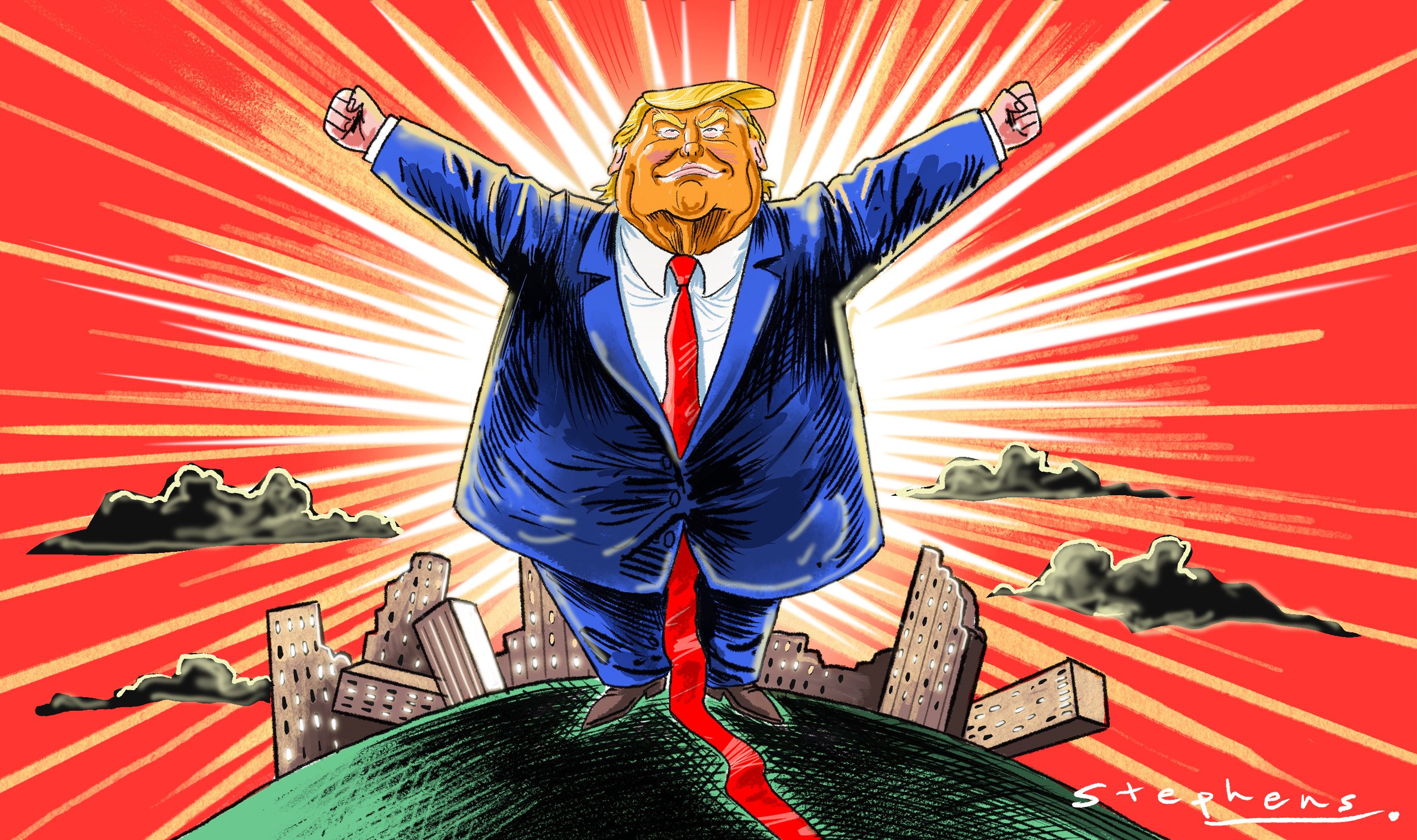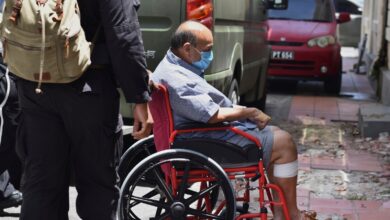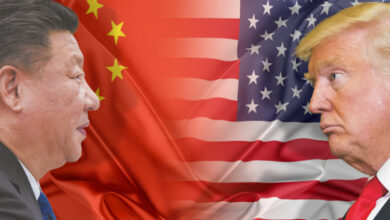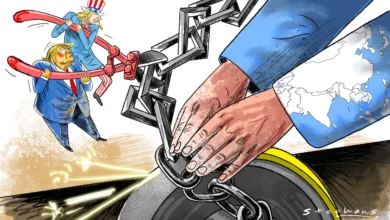South Korea Dials Up Chip Support To $23 Billion As U.S. Tariff Jitters Grow. Trump Eyes Tariffs On Chips And Pharma, Says It’s About National Security

South Korea just cranked up its backing for the homegrown semiconductor industry, unveiling a beefed-up support package worth 33 trillion won or $23.25 billion. That’s about 25% more than the 26 trillion won it pledged last year and it’s all about staying competitive in a fast-changing, tariff ridden global tech race.
With policy uncertainty brewing in the U.S. and Chinese chipmakers stepping up their game, Seoul said it had little choice but to go bigger. The fresh measures include expanding a financial assistance program for chipmakers to 20 trillion won, up from 17 trillion won, according to a joint announcement by several ministries, including the trade ministry.
The goal is to help South Korean firms shoulder rising costs and hold their ground globally, especially in areas where they are falling behind – like chip design and contract manufacturing.
Despite the challenges, South Korea remains a chip giant. In 2024, it exported $141.9 billion worth of semiconductors, about 21% of its total exports. China and the U.S. are still the top buyers, raking in $46.6 billion and $10.7 billion worth of chips, respectively.
But now, there’s a new headache on the horizon.
U.S. President Donald Trump said he will be announcing new tariffs on imported semiconductors next week. He also hinted at some wiggle room for select companies, but that’s hardly a comfort.
Finance Minister Choi Sang-mok, fresh off Tuesday’s announcement, said the government plans to keep talking with the U.S. over its Section 232 investigation into chip and biopharma imports with the hope to soften any potential blow to South Korean firms.
And it’s not just chips. Just last week, Seoul rolled out emergency support for the auto sector to help cushion the impact of U.S. tariffs there, too. That package includes financial aid, tax cuts, and subsidies aimed at propping up domestic demand, alongside diplomatic efforts to keep the trade lanes open.
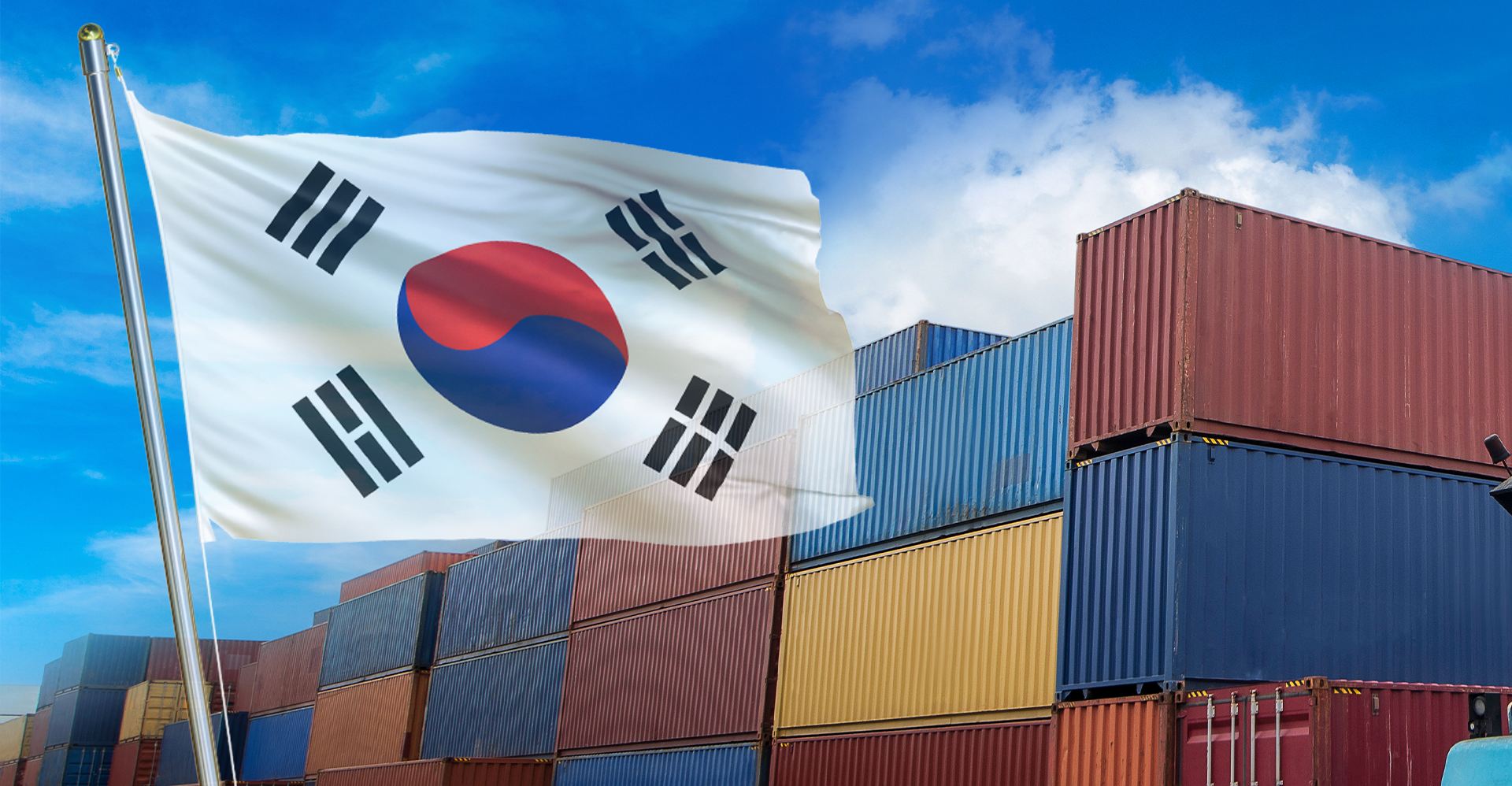
South Korea’s Chip and Auto Giants on Edge
South Korea’s chip and auto industries braced themselves as U.S. President Donald Trump ramped up tariff talk, the tremors are already being felt in Seoul.
In response, South Korea’s ruling party did not waste any time and dropped a “Special Chips Act” aimed at shoring up the country’s semiconductor sector, think subsidies, lighter labor regulations, and a bit of political muscle to help local giants like Samsung hold their ground in a very crowded, subsidy-fueled global race.
The law passed in Feb 2025, would even let R&D staff clock longer hours by easing the current 52-hour weekly cap and officials are huddling with local chipmakers to cook up a broader game plan.
Industry Minister Ahn Duk-geun had then stated that support measures would coming soon, with everything from tariff relief schemes to cost-cutting help for imported components on the table. There was also talk of expanding local use of Korean-made chips in national AI projects, and boosting exports to fast-growing markets in Southeast Asia and the Middle East.
Trump Eyes Tariffs on Chips and Pharma, Says It’s About National Security
Looks like another round of tariffs might be on the way targeting semiconductors and pharmaceutical imports. The Trump administration has kicked off official investigations into both sectors, arguing that America’s over-reliance on foreign-made tech and medicines could be a national security risk. Public comment is open for the next 21 days, but this move makes one thing clear and that is, Trump’s not backing off Section 232 anytime soon.
Section 232, in case you missed the earlier chapters, is the Trade Expansion Act of 1962 clause that lets the U.S. slap tariffs on goods if they’re seen as a threat to national security. And Trump has been using it like his favorite hammer.
His argument is that the U.S. needs to protect local manufacturing of essentials like microchips and meds, especially when tensions with countries like China are always just a tweet away from heating up.
Meanwhile, China fired back, kind of. Their customs department said they found salmonella in U.S. poultry-based imports and promised stricter checks going forward, a classic trade chess move!
Back in the U.S., confusion reigned after reports suggested some high-tech items like smartphones and laptops might be exempt from upcoming tariffs but Trump took to Truth Social to shut that down fast, saying no one, especially not China, is getting a free ride.
“No country is off the hook,” he wrote, adding that unfair trade practices, particularly from China, are still in his crosshairs. Turns out, the temporary exemption for smartphones and other electronics was just that – temporary. Officials later clarified that a broader review is underway, looking into the full electronics supply chain.
Trump’s team says the goal is to reduce America’s dependence on foreign-made goods. Stephen Miller, one of Trump’s top aides, stated that a new tariff list is in the works. He added that all companies should brace for at least a 20% duty, while some products could get hit with a whopping 125%.
Washington wants more made-in-America chips, meds, and electronics and while the tech and pharma industries might be sweating, this latest move shows Trump is doubling down on trade as a national security issue.
